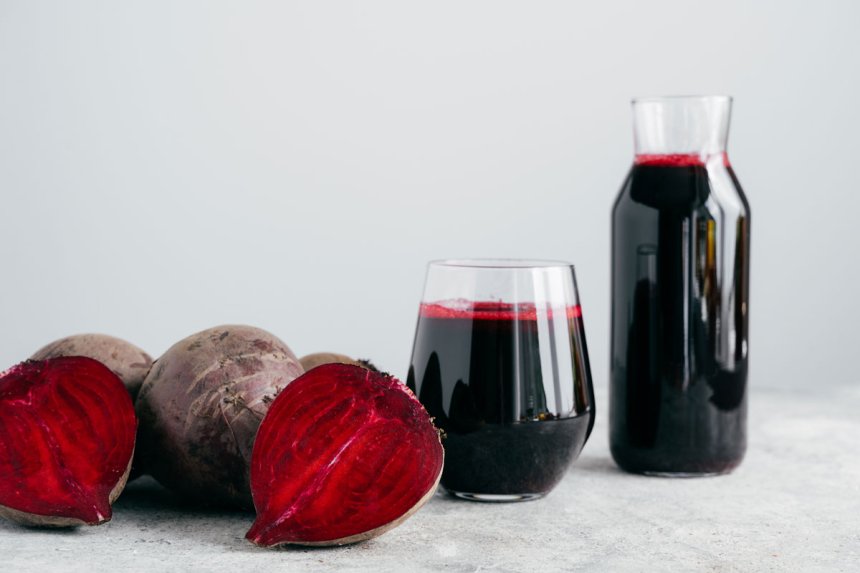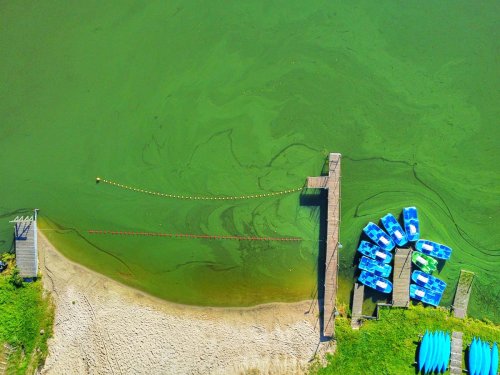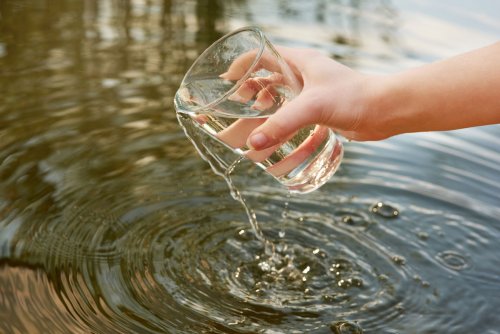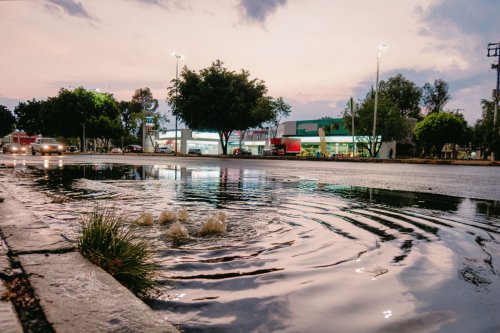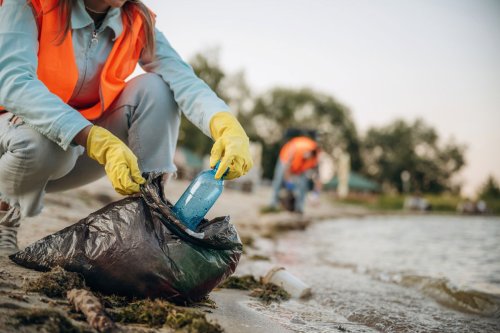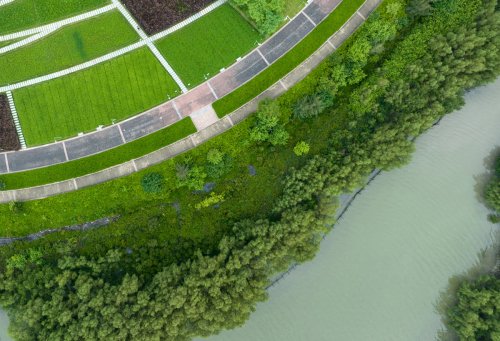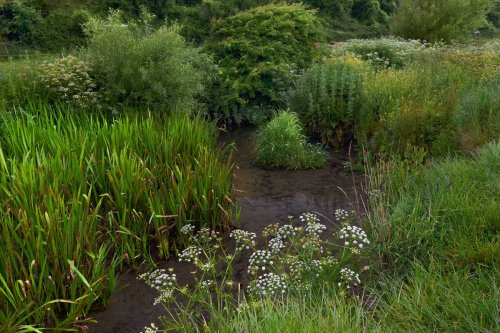Cutting Chloride: How the Northeast Is Scaling Back Road Salt
The Northeast’s mix of legislation, technology, and training shows a clear trajectory: road salt is no longer the “cheap and easy” default but a carefully metered chemical with rising environmental costs.
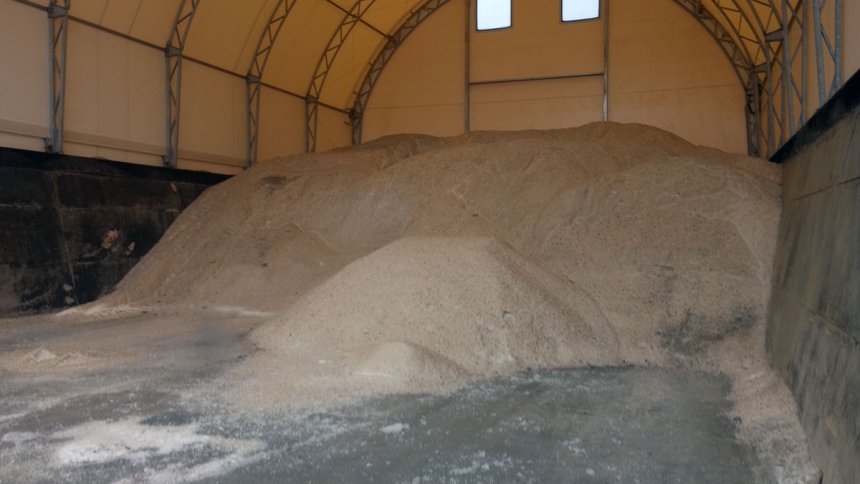
Road salt keeps winter roads passable, but the sodium and chloride left behind threaten drinking-water wells, freshwater lakes, and roadside ecosystems. Over the past decade, and especially since 2023, Northeastern states have launched an array of legislative, technical, and educational initiatives to strike a safer balance between mobility and water quality.
New York: From the Adirondacks to Lake George
-
Statewide roadmap. The 2023 Adirondack Road Salt Reduction Task Force report—created under the 2020 “Randy Preston Road Salt Reduction Act” - details 23 recommendations, from mandating GPS-calibrated spreaders to expanding use-of-brine pilots and creating a real-time chloride monitoring network. (dec.ny.gov, dec.ny.gov)
-
Lake George laboratory. Around Lake George, the Lake George Association and the Rensselaer Polytechnic-IBM “Jefferson Project” deploy high-frequency sensors and fund municipal spreader-calibration clinics; their goal is a 50 % salt-load cut by 2030. (lakegeorgeassociation.org, lakegeorgeassociation.org)
New Hampshire: Certifying the “Green SnowPros”
-
Voluntary, but influential, training. Since 2013 the Department of Environmental Services has run the Green SnowPro certification for private contractors and, more recently, municipalities. Certified operators learn brine blending, live-edge plow use, and “just-in-time” application, earning liability protection if they follow best practices, an incentive that now covers more than 1,100 professionals. (des.nh.gov, des.nh.gov)
Vermont: Brine First, Legislation Next
-
Agency of Transportation doctrine. VTrans’ 2024-25 Snow & Ice Control Plan prioritizes pre-wetted salt and direct-applied brine, especially near chloride-impaired streams, to “avoid excess salt near impaired waterways.” (vermontpublic.org)
-
House Bill 86 (2025). Pending legislation would create a statewide volunteer program that trains municipal and commercial plow drivers on reduced-salt techniques, mirroring New Hampshire’s model. (wcax.com)
Massachusetts: Targeted “Reduced-Salt Areas” & Remediation
-
Pre-mix zones. MassDOT designates “reduced-salt areas” and uses a calcium-chloride/rock-salt pre-mix effective at lower temperatures, cutting total tonnage on sensitive corridors. (mass.gov)
-
Salt Remediation Program. When roadside wells exceed sodium or chloride thresholds, the agency investigates and funds treatment or replacement, creating a financial incentive to keep salt use low. (mass.gov)
Maine: Two-Pronged Brine Strategy
MaineDOT pre-treats with 23 % salt brine up to three days before a storm and retrofits tankers so one truck can coat three lanes, reducing granular salt demand by 20–30 %. (maine.gov)
Connecticut: Visible Anti-Icing Lines
Drivers see white stripes before a storm, 23 % sodium-chloride brine applied up to 72 hours in advance, to stop snow from bonding and let plows scrape almost to bare pavement, requiring less follow-up salt. (portal.ct.gov)
Pennsylvania: Scaling Up Brine and Seeking Statutory Limits
-
Brine production. PennDOT now operates 65 in-house brine plants and used 12.6 million gallons in the 2021-22 season, cutting granular salt needs while keeping roads at Level-of-Service targets. (pa.gov, pa.gov)
-
Legislative push. A February 2025 House bill proposes setting annual salt-use reduction targets for PennDOT and encourages biodegradable additives (e.g., beet juice) to stretch chloride further. (timesobserver.com)
Region-Wide Trends & Best Practices
| Practice | Benefit | Where It’s Growing |
|---|---|---|
| Liquid anti-icing (23 % brine) | Prevents bond formation; 10–40 % less salt overall | CT, ME, MA, NH, NY, PA, VT |
| Spread-er calibration & GPS data-loggers | Real-time rate control; accountability | NY pilot, NH Green SnowPro fleets |
| Operator certification | Transfers science to plow cabs; lowers liability | NH, VT (proposed), private contractors in NY |
| Public outreach (Winter Salt Awareness Week) | Engages residents & businesses in salt-smart habits | PA regional partner: Stroud Water Research Center (paenvironmentdaily.blogspot.com) |
Looking Ahead
The Northeast’s mix of legislation, technology, and training shows a clear trajectory: road salt is no longer the “cheap and easy” default but a carefully metered chemical with rising environmental costs. Continued investment in brine infrastructure, sensor-driven data, and operator education offers a realistic path to meeting chloride-TMDL limits without sacrificing winter safety.

